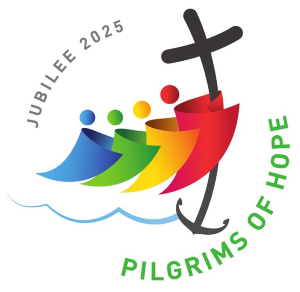Geography
Overview
Geography is essentially about the study of places, the human and physical processes which shape them and the people who live in them. It is not simply learning about countries and what the weather is like. The skills developed through Geography help our children to make sense of their surroundings and the wider world.
We believe that geography stimulates an interest and encourages an appreciation of the world around us. The children gain knowledge and understanding of places and themes within their local area and beyond. Geography is thought provoking and encourages our children to investigate and ask questions about real people in real places and their interaction with the environment. It also allows children to gain a greater understanding of the ways of life and cultures of people in other places. It helps our children to understand the relationship of their actions to their health and to the welfare of others. Within geography, children also learn graphic skills, including how to use, draw and interpret maps.
Geography within the EYFS is developed through purposeful play-based experiences and will be implemented through the indoors and outdoors provision based on the overarching topics. The skills and learning are developed through stories, songs, games, imaginative play, child-initiated learning and structured teaching.
In KS1, teachers use the overarching topics to bring the different elements of Geography through subject specific focus. Teachers refer to the NC statements:
Children develop their knowledge about the world, the United Kingdom and their locality. They understand the basic subject-specific vocabulary relating to human and physical geography and begin to use geographical skills, including first-hand observation, to enhance their locational awareness.
Children are taught to:
Locational knowledge
- Name and locate the world’s seven continents and five oceans
- Name, locate and identify characteristics of the four countries and capital cities of the United Kingdom and its surrounding seas
Place knowledge
- Understand geographical similarities and differences through studying the human and physical geography of a small area of the United Kingdom and of a small area in a contrasting non-European country
Human and physical geography
- Identify seasonal and daily weather patterns in the United Kingdom and the location of hot and cold areas of the world in relation to the Equator and the North and South Poles
- Use basic geographical vocabulary to refer to:
- key physical features, including: beach, cliff, coast, forest, hill, mountain, sea, ocean, river, soil, valley, vegetation, season and weather
- key human features, including: city, town, village, factory, farm, house, office, port, harbour and shop
Geographical skills and fieldwork
Children use world maps and atlases to identify the United Kingdom and its countries, as well as the countries, continents and oceans studied at this key stage. They use
simple compass directions (North, South, East and West) and locational and directional language (for example, near and far; left and right), to describe the location of features and routes on a map. They use aerial photographs and plan perspectives to recognise landmarks and basic human and physical features; devise a simple map; and use and construct basic symbols in a key linked to our school environment and local environment. The children carry out simple fieldwork and observational skills to study the geography of their school and its grounds and the key human and physical features of its surrounding environment.
Links are highlighted within and across year groups in order to ensure that knowledge taught in prior year groups is built and developed upon in a meaningful way.
EYFS: In the Early Years, an emphasis is placed on pupils investigating their immediate environment. Children will spend time exploring their school, the school grounds and the surrounding streets. They will begin to become aware that they live in a busy city in the United Kingdom and that people who live in other countries may speak different languages or practise different religions.
Pupils will look at maps to see how the oceans and seas surround the land and will think about ways that we can look after the oceans.
In the final term of Reception, pupils will be encouraged to think about where their food comes from and will look at maps to identify that, while some foods are grown in the UK, others are exported from worldwide countries.
Year 1:
Autumn Term
Our Local Area
Spring Term
People and their Communities
Summer Term
Animals and their Habitats
Year 2
Autumn Term
Seasons
Spring Term
Journeys -Food
Summer Term
Our Wonderful World











